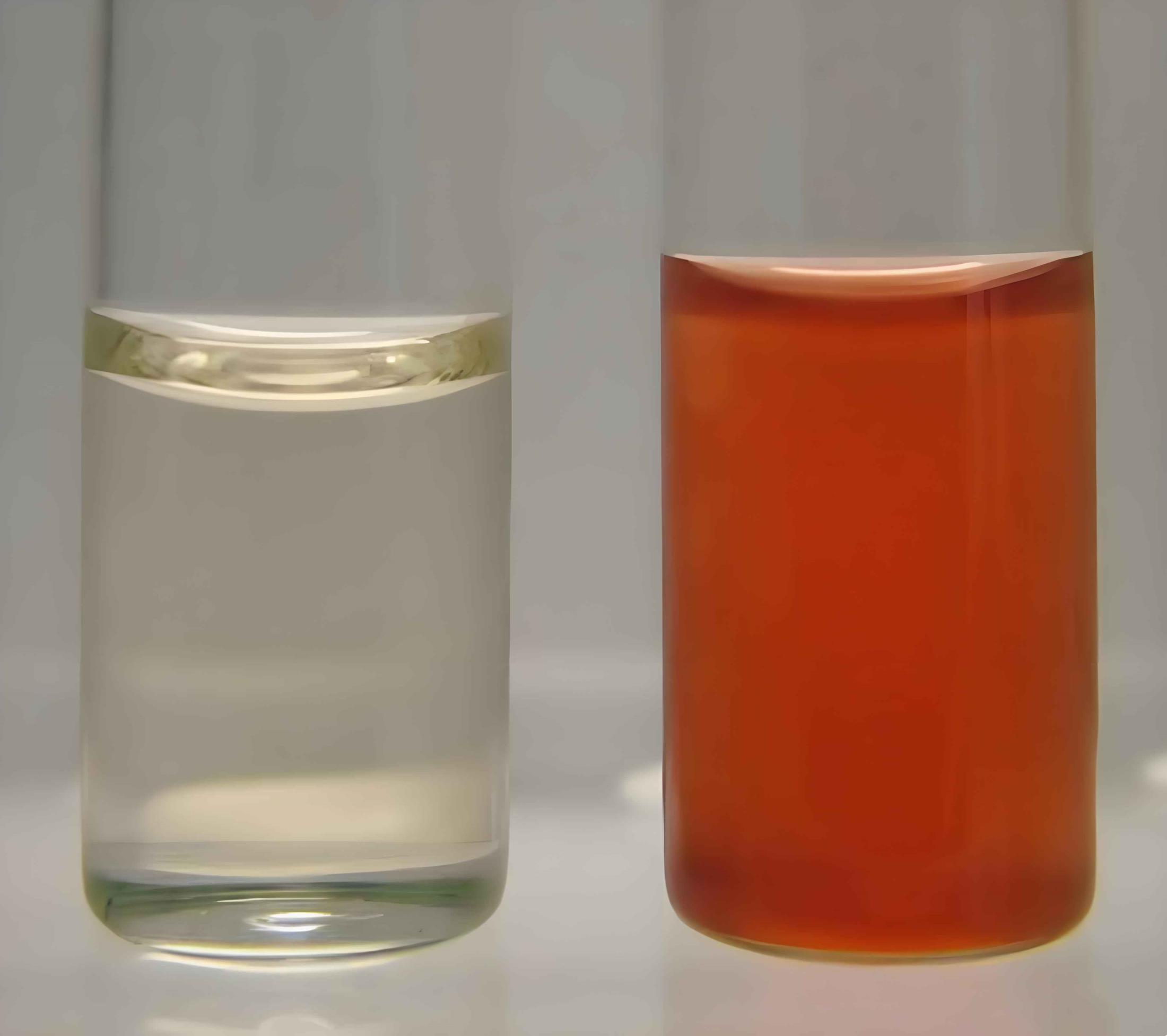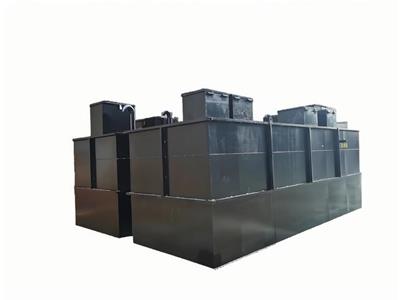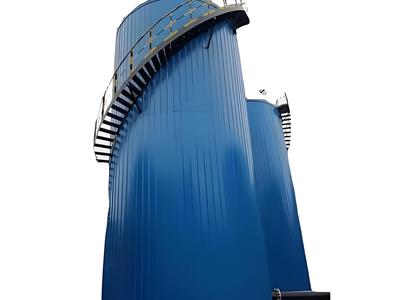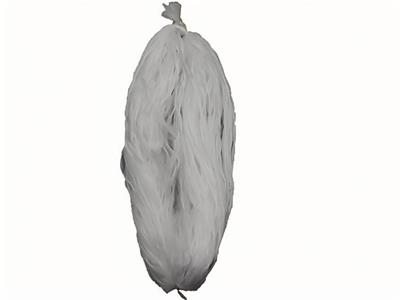- 2025-07-22
Nitrate Removal from Water
Nitrate (NO₃⁻), as a key component of the nitrogen cycle, is commonly found in groundwater (concentration range of 0.1-4ppm). Its high water solubility and odorless and tasteless characteristics make it highly concealed. Agricultural fertilization and domestic sewage discharge are the main anthropogenic sources. The US Environmental Protection Agency explicitly requires that the nitrate concentration in drinking water be ≤10ppm. Exceeding the standard will cause methemoglobinemia (blue baby syndrome) in infants and young children and increase the risk of cancer.
Comparison of core technologies for nitrate removal
1. Selective ion exchange system
Using tributylamine/triethylamine type special resin (NSF certified)
Prioritizes adsorption of nitrate ions, and the ability to resist sulfate interference is increased by 3 times
Single regeneration cycle processing capacity ≥3000 bed volumes
Applicable to water quality scenarios with sulfate concentration <50ppm
2. Reverse osmosis (RO) deep treatment
0.0001 micron membrane pores intercept nitrates and various ion pollutants
Removal rate is stable > 95% (raw water temperature 25℃/pressure > 8bar working conditions)
Simultaneously reduce the concentration of harmful substances such as arsenic and fluorine
Concentrated water recovery rate can be increased to 40% through energy recovery devices
Key parameters for project selection
Influent components: RO is preferred when sulfate/total dissolved solids (TDS) > 200ppm
Operation and maintenance costs: ion exchange salt consumption < 0.5kg/m³, 60% lower than RO energy consumption
Space limitations: containerized RO system saves 35% of land
Water quality assurance: ion exchange effluent conductivity fluctuation < 5%, RO water TDS ≤ 10ppm
Technical implementation benefits
Infant drinking water safety meets standards (nitrate < 1ppm guaranteed value)
Block the generation path of nitrosamine carcinogens
Reduced the cost of groundwater remediation in agricultural irrigation areas by 45%
Intelligent regeneration control reduces salt consumption by 30%






